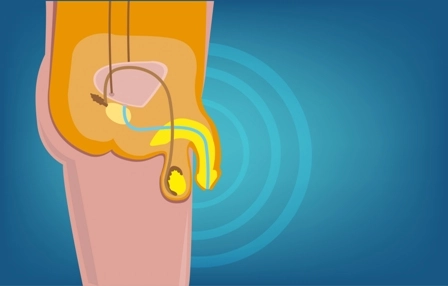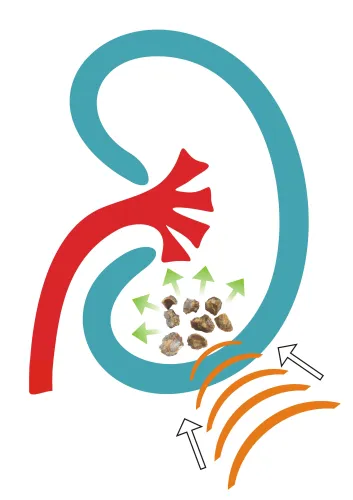Pinpoint the Reason Behind Urethral Stricture to Code Correctly

Your most common choices will fall in three code families.
Urethral stricture is not an uncommon diagnosis for urologists to see, which means you need to be familiar with the multiple coding possibilities. As long as you remember to check the reason behind the stricture, you should be able to pinpoint the correct code without too many problems.
Remember: A urethral stricture is a narrowing of the urethra. It can be caused by injury, instrumentation, infection, and certain non-infectious forms of urethritis. Symptoms can include bloody or dark urine, discharge from the urethra, a strong urge to urinate, frequent urination with a decreased urinary stream, pain in the lower abdomen or pelvic area, and others.
When the urologist diagnoses urethral stricture, most of your code choices focus on the cause of the stricture and the stricture location. Note that the diagnoses are also specific to males or females.
Your current ICD-10 choices for post-traumatic urethral stricture include:
If the urologist determines that an infection contributed to the stricture, you have a different set of diagnoses:
Your current ICD-10 choices for post-procedural urethral stricture include:
If the patient’s clinical circumstances do not fall into one of these diagnostic categories or if the record does not have enough detail to determine the most appropriate code, ICD-10 gives you a “catch-all” choice: N35.8 (Other urethral stricture).




